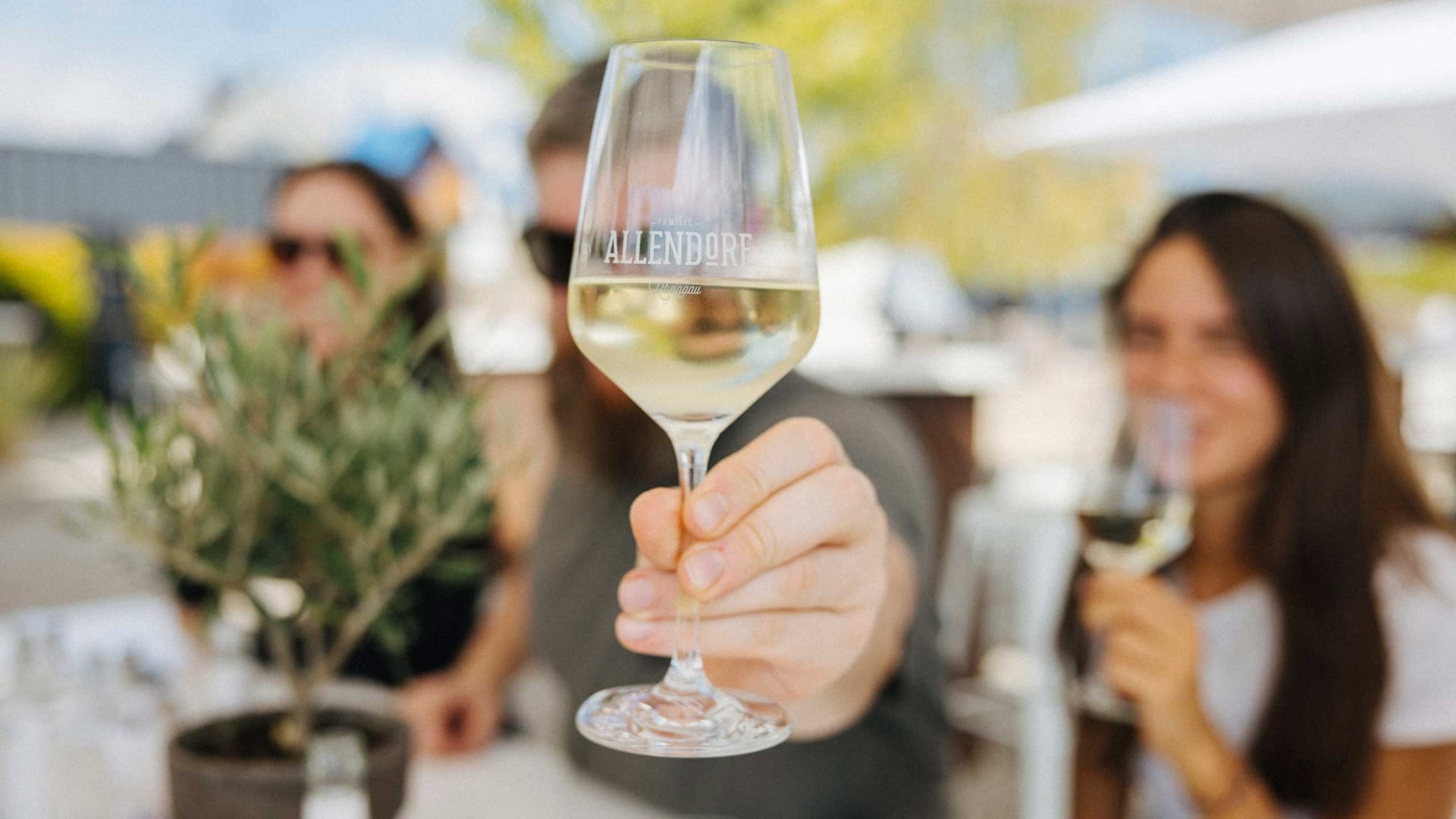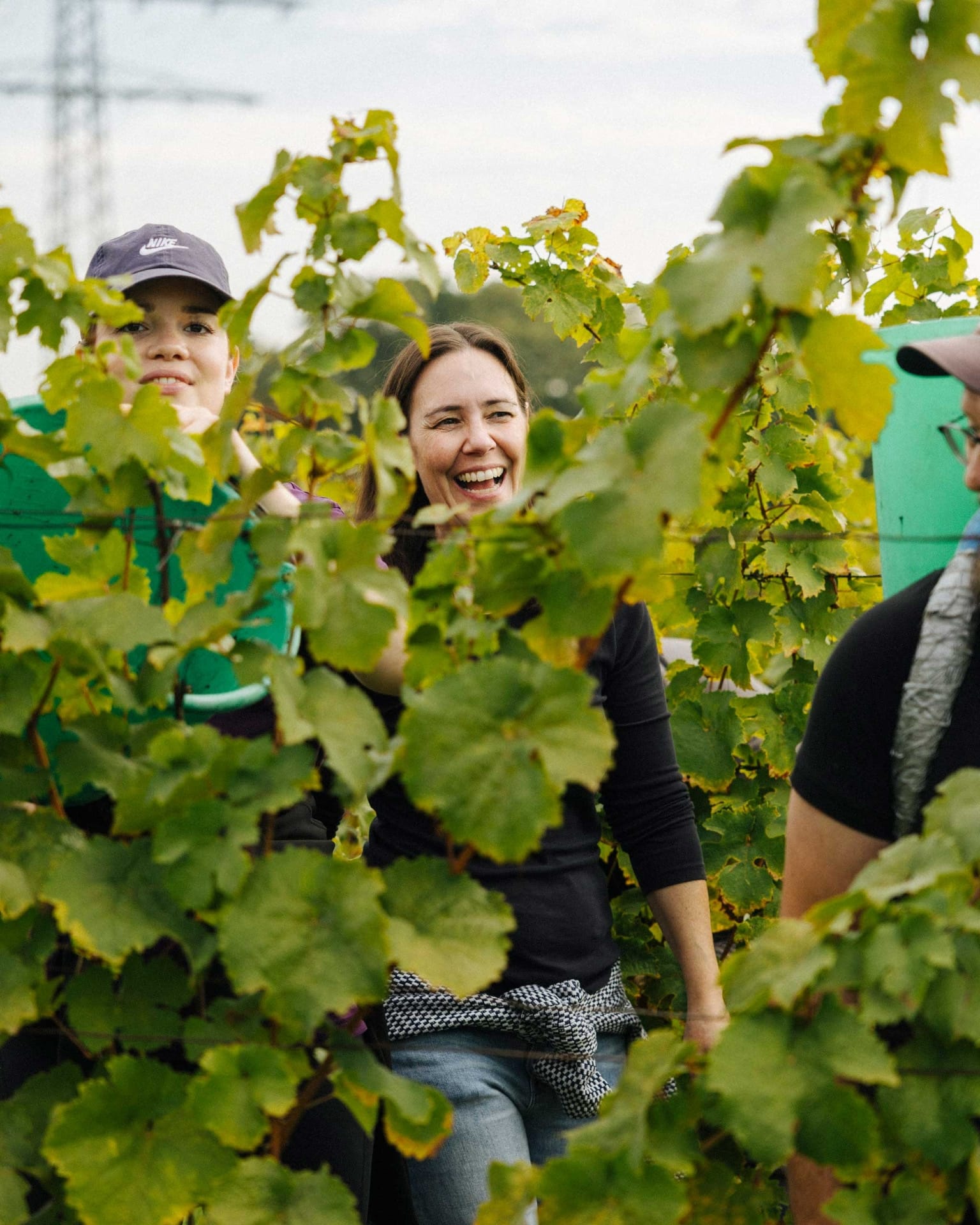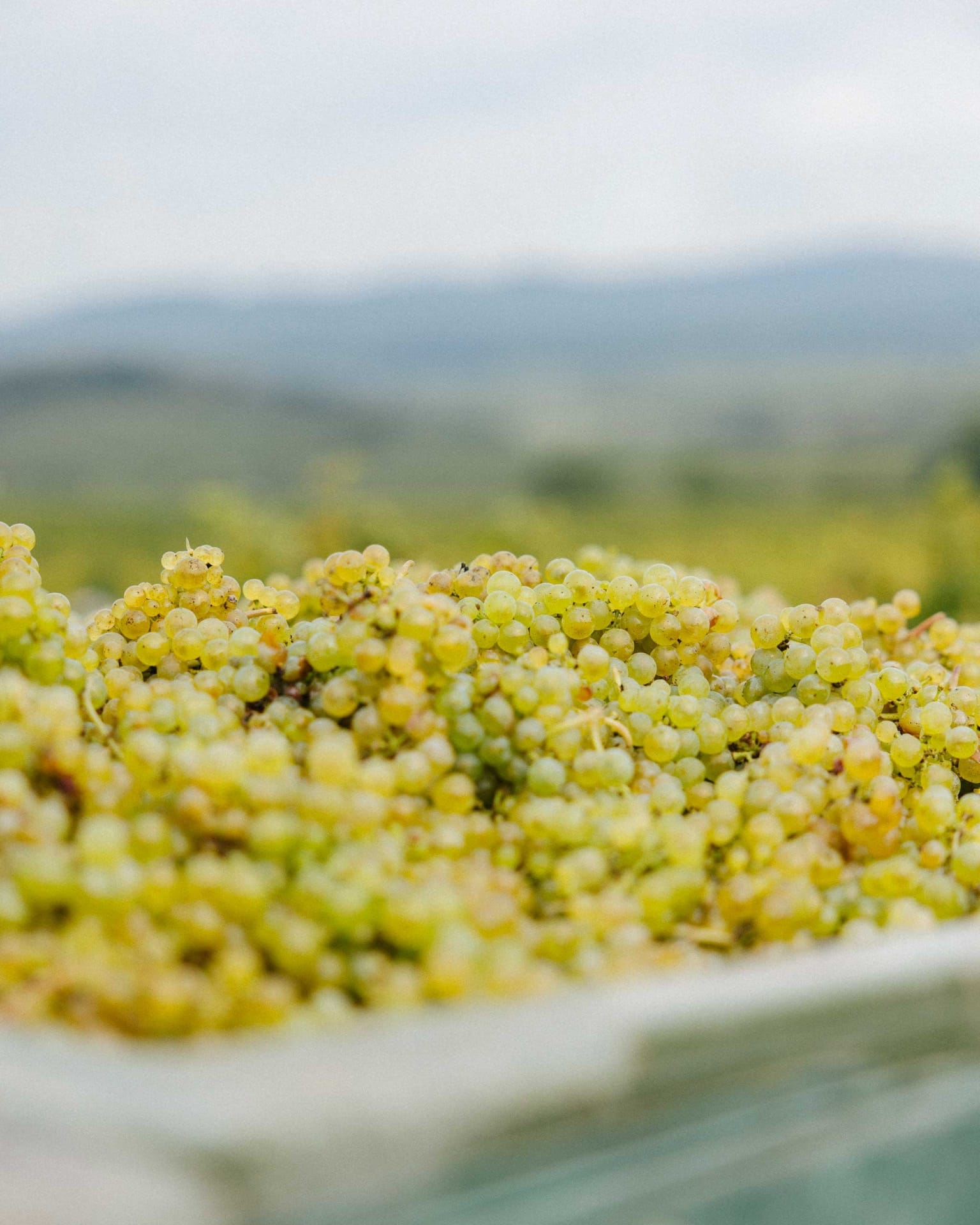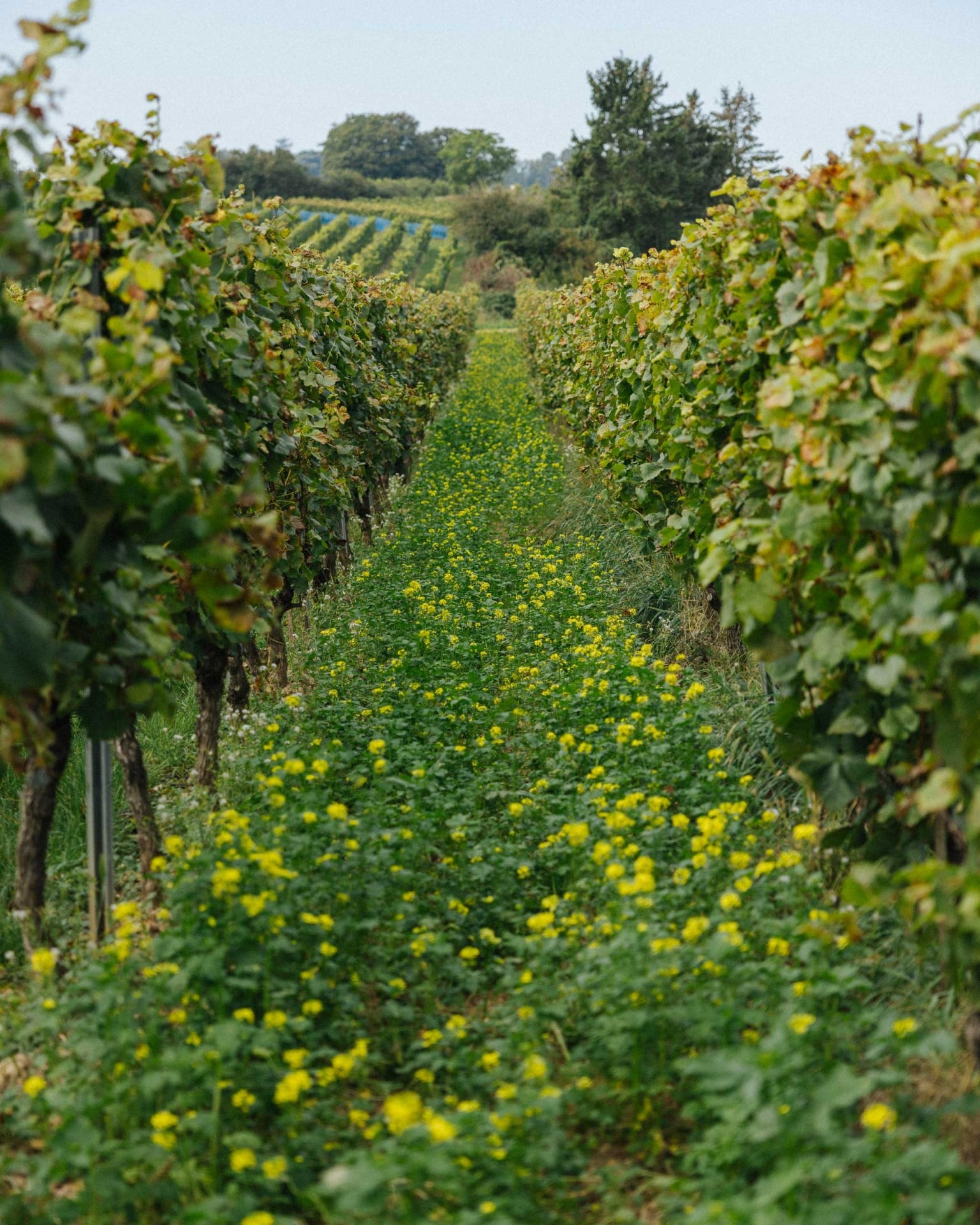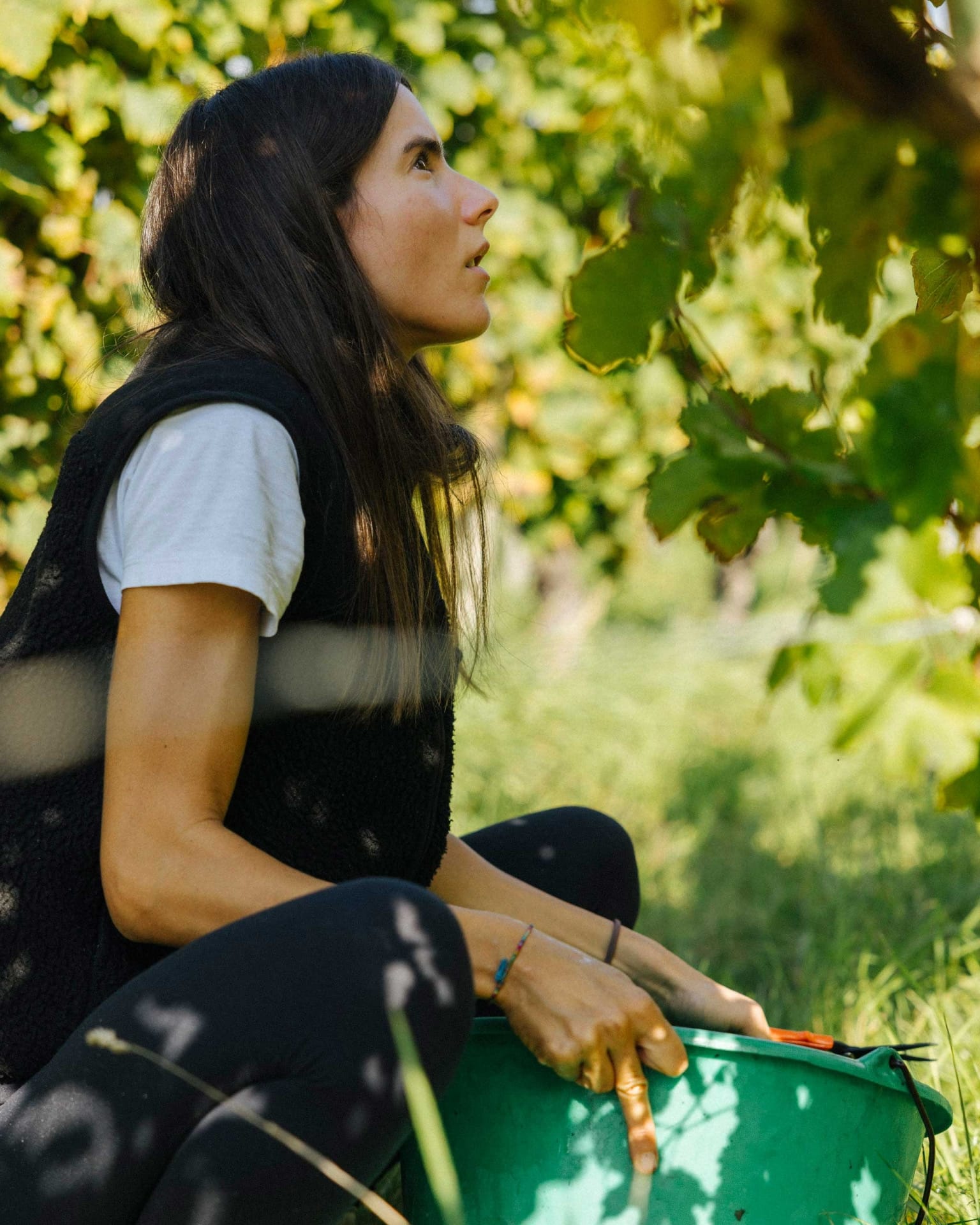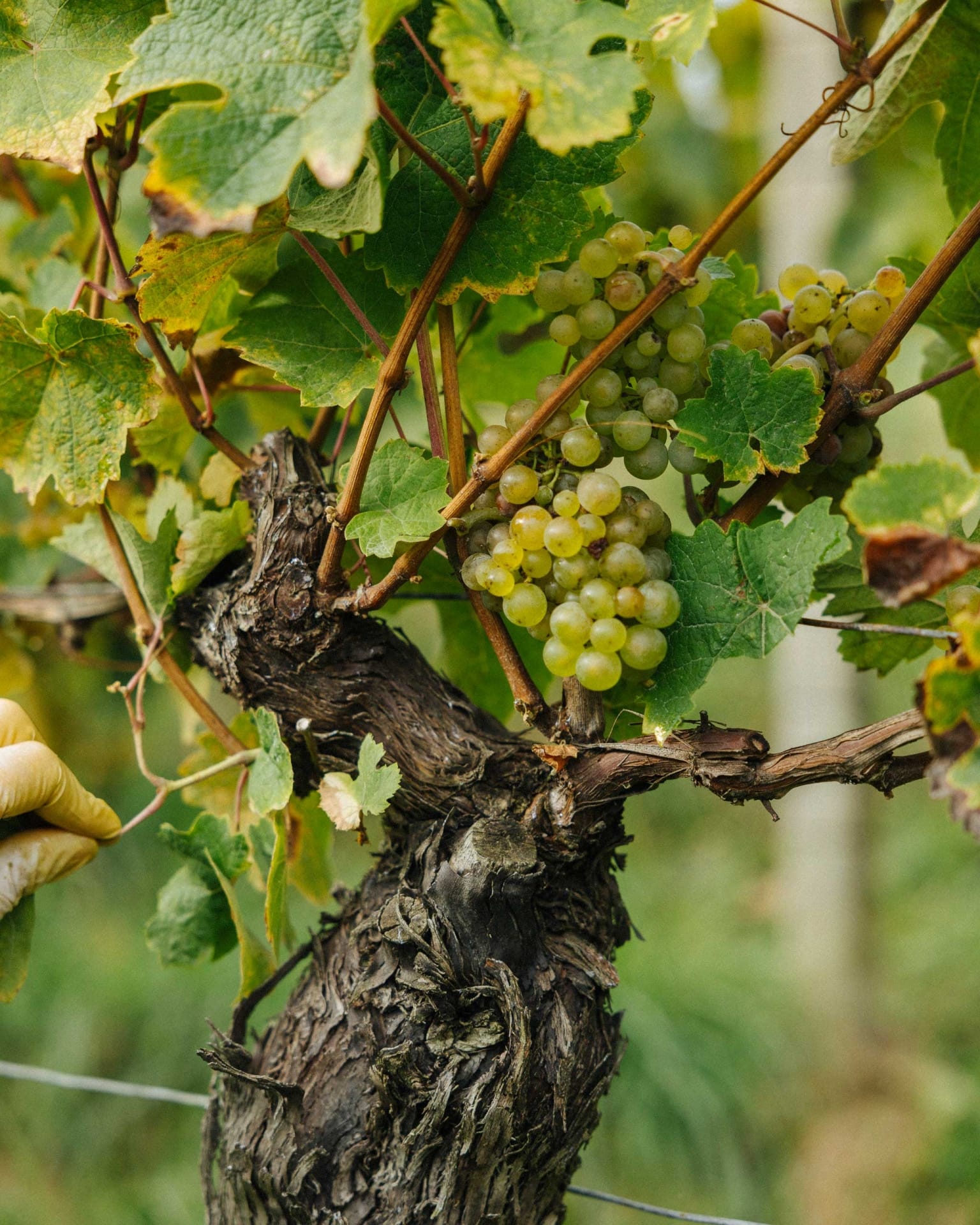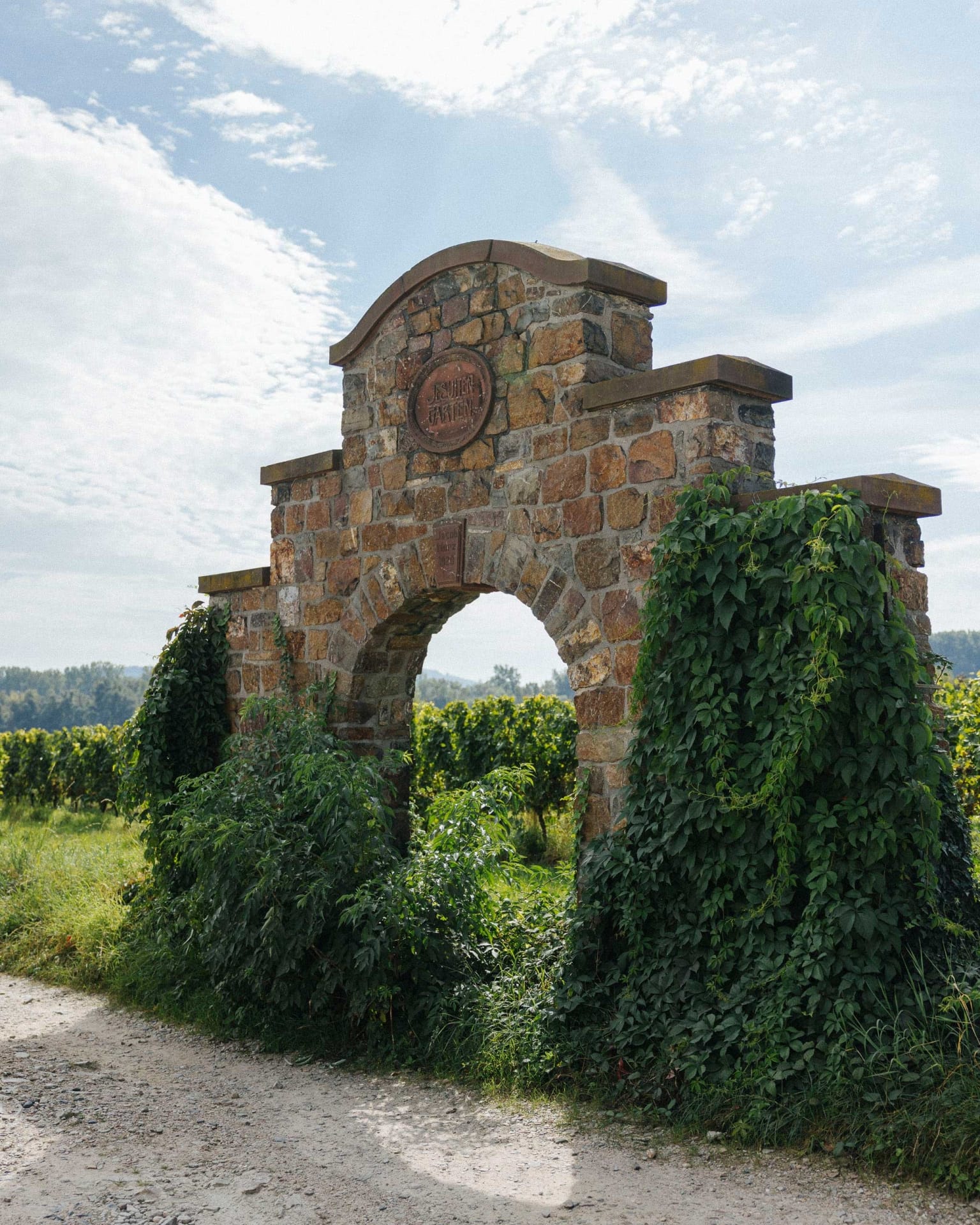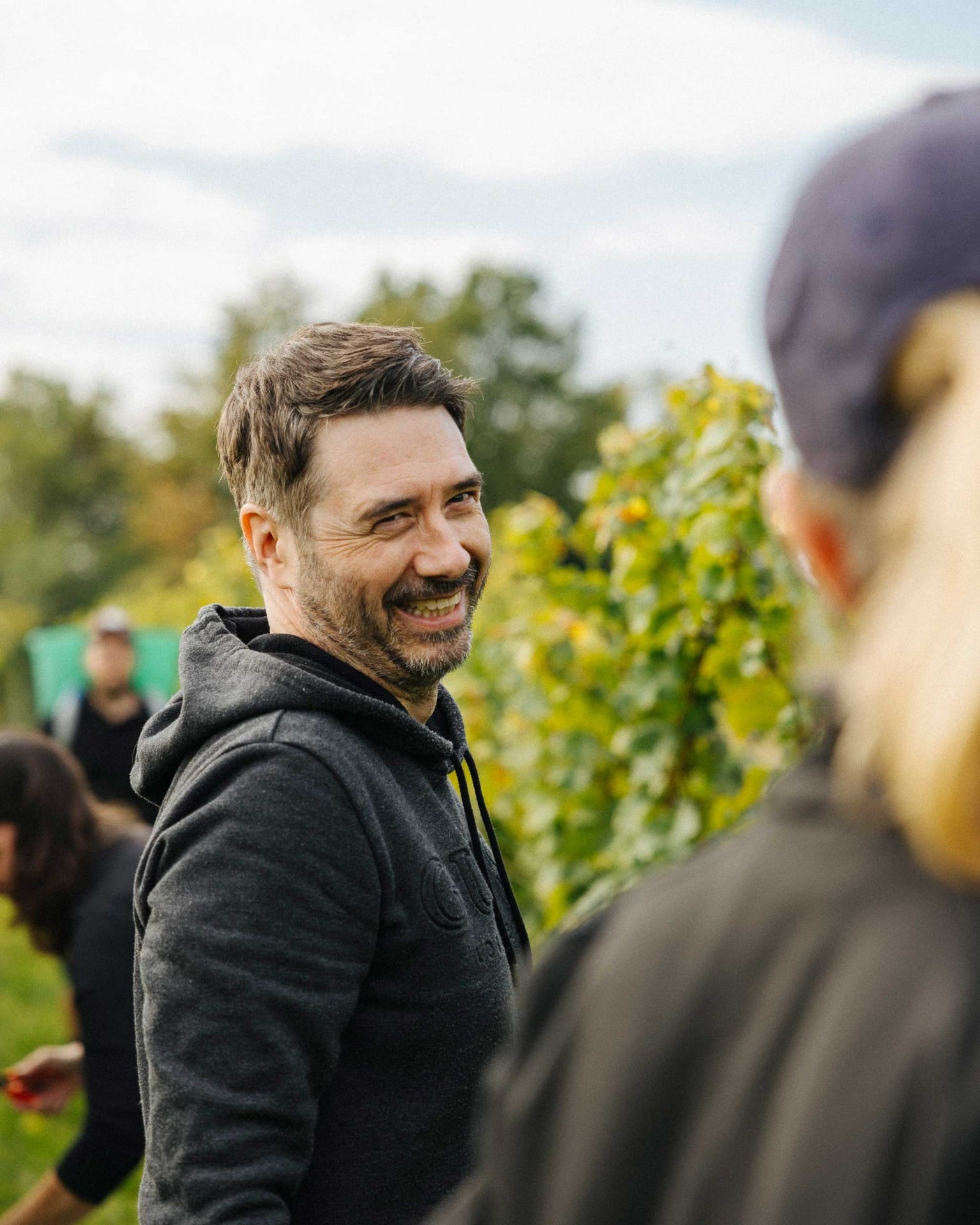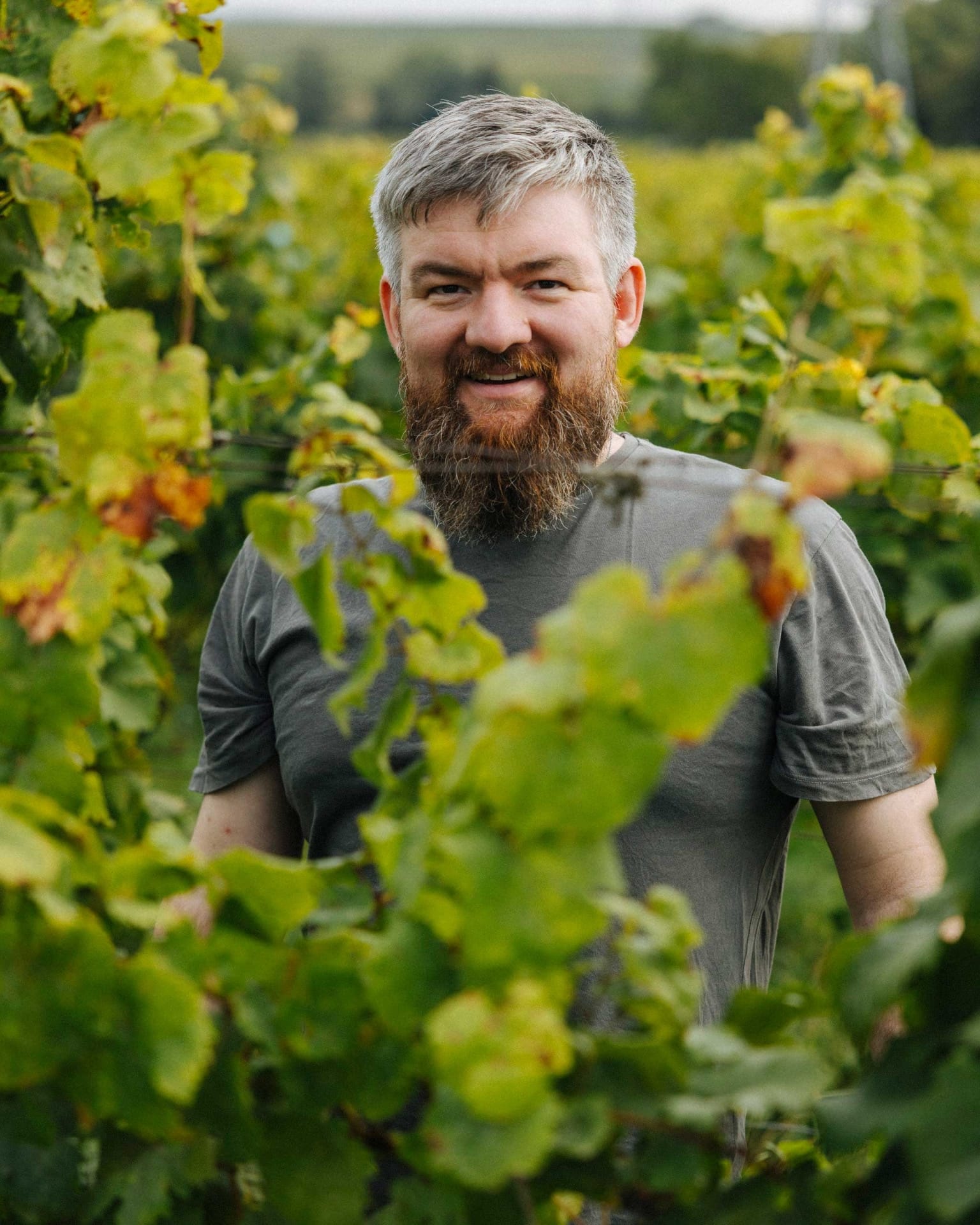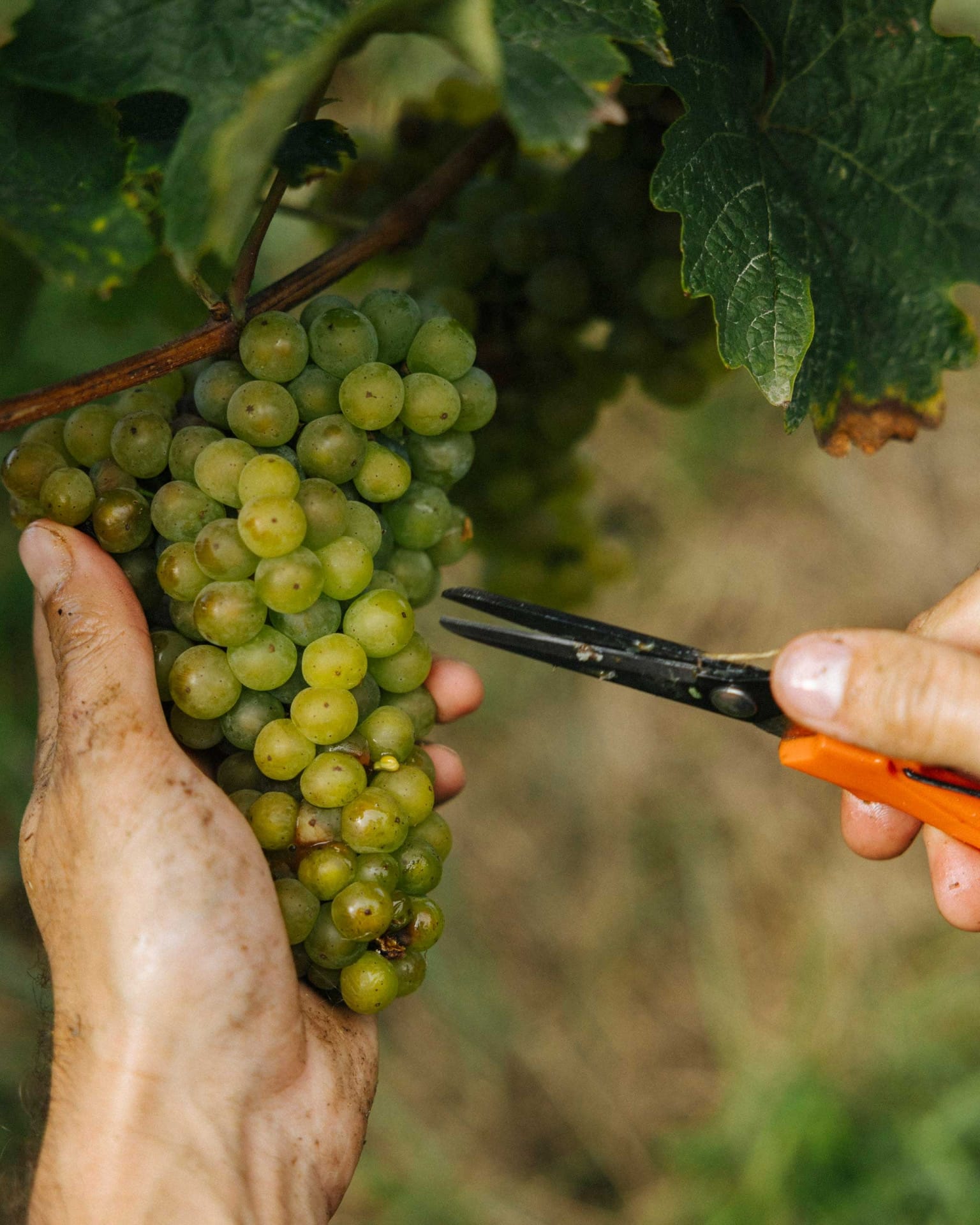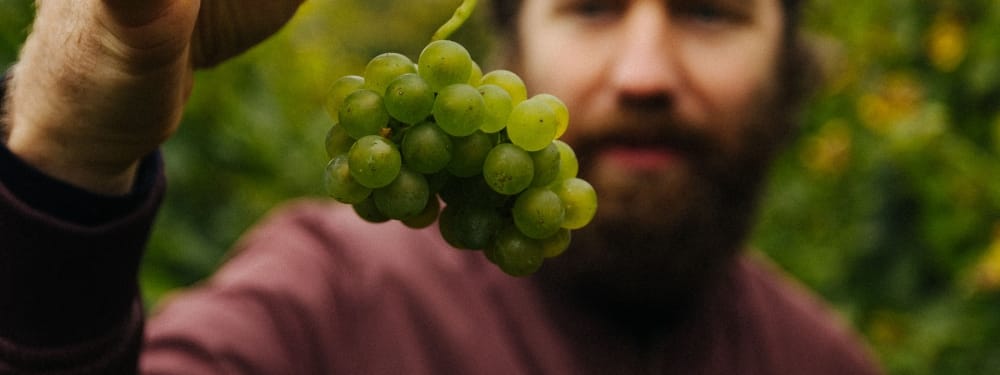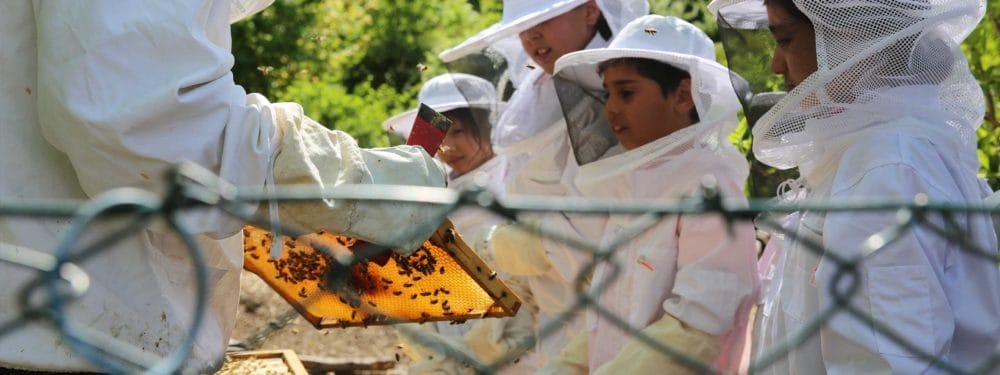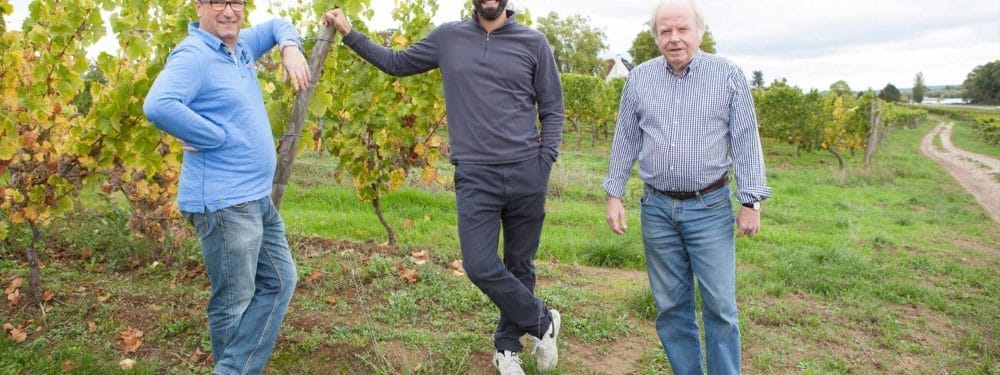Reading, harvesting, tarting
A few weeks ago, it was that time again: our annual visit to the Allendorf winery was on the agenda. But not just to taste the delicious wines of the family-run winery, but to actively help with the harvest.
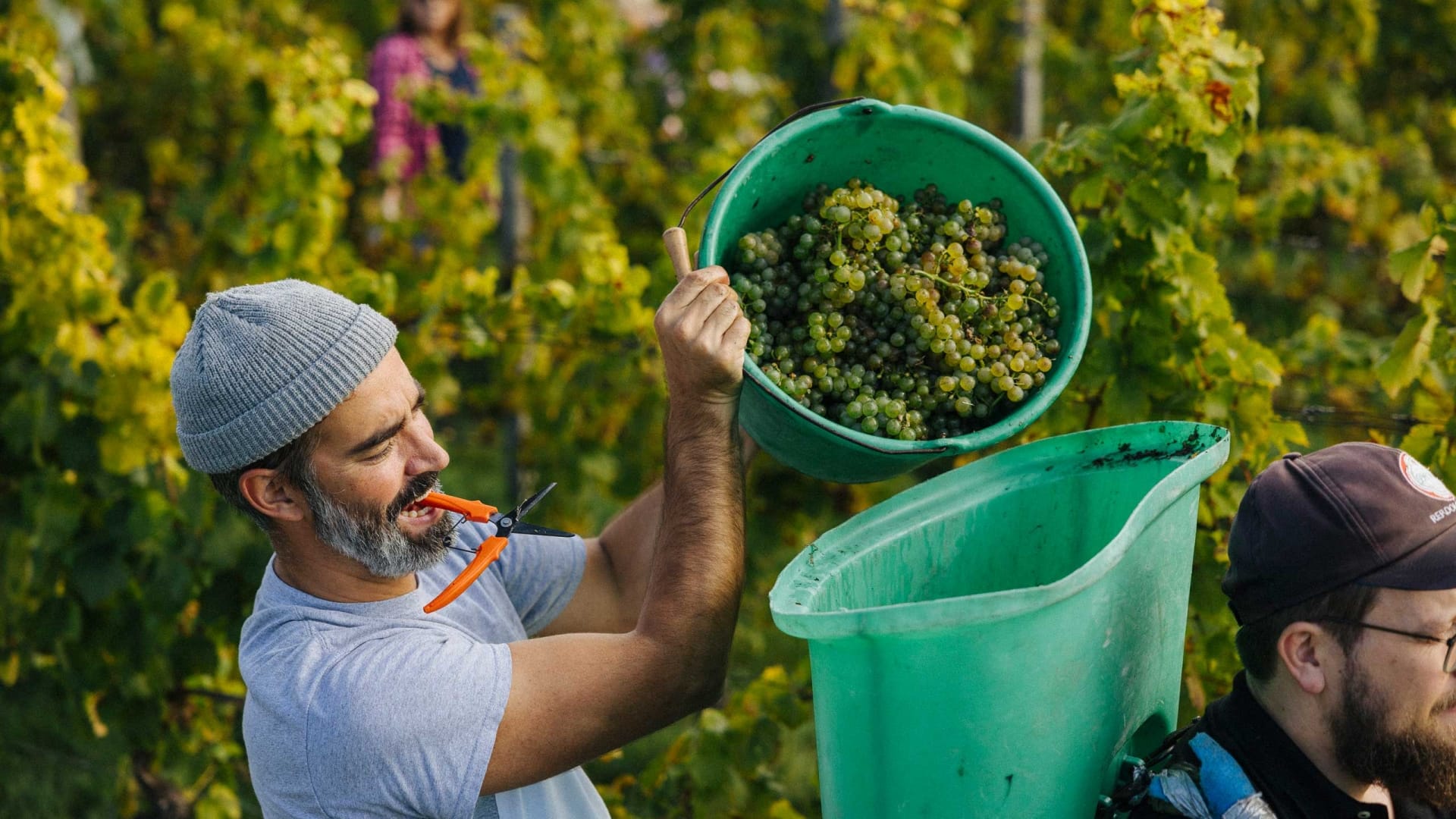
The most important time of the year
The time of grape harvest is the most important period in the year of the winegrower. Since grapes can be harvested only once a year, the harvest is of considerable importance – at the same time it is also the busiest time.
This involves a lot of physical labor: manual harvesting is gentler on the grapes and the vineyard as a whole. In this process, whole bunches of grapes with stems and stalks are cut off and carried in vats to a collection point. A significant advantage of hand harvesting is the selective approach. This is not only about sorting out unsuitable berries. You can also, conversely, select only those berries that are just right ripe.
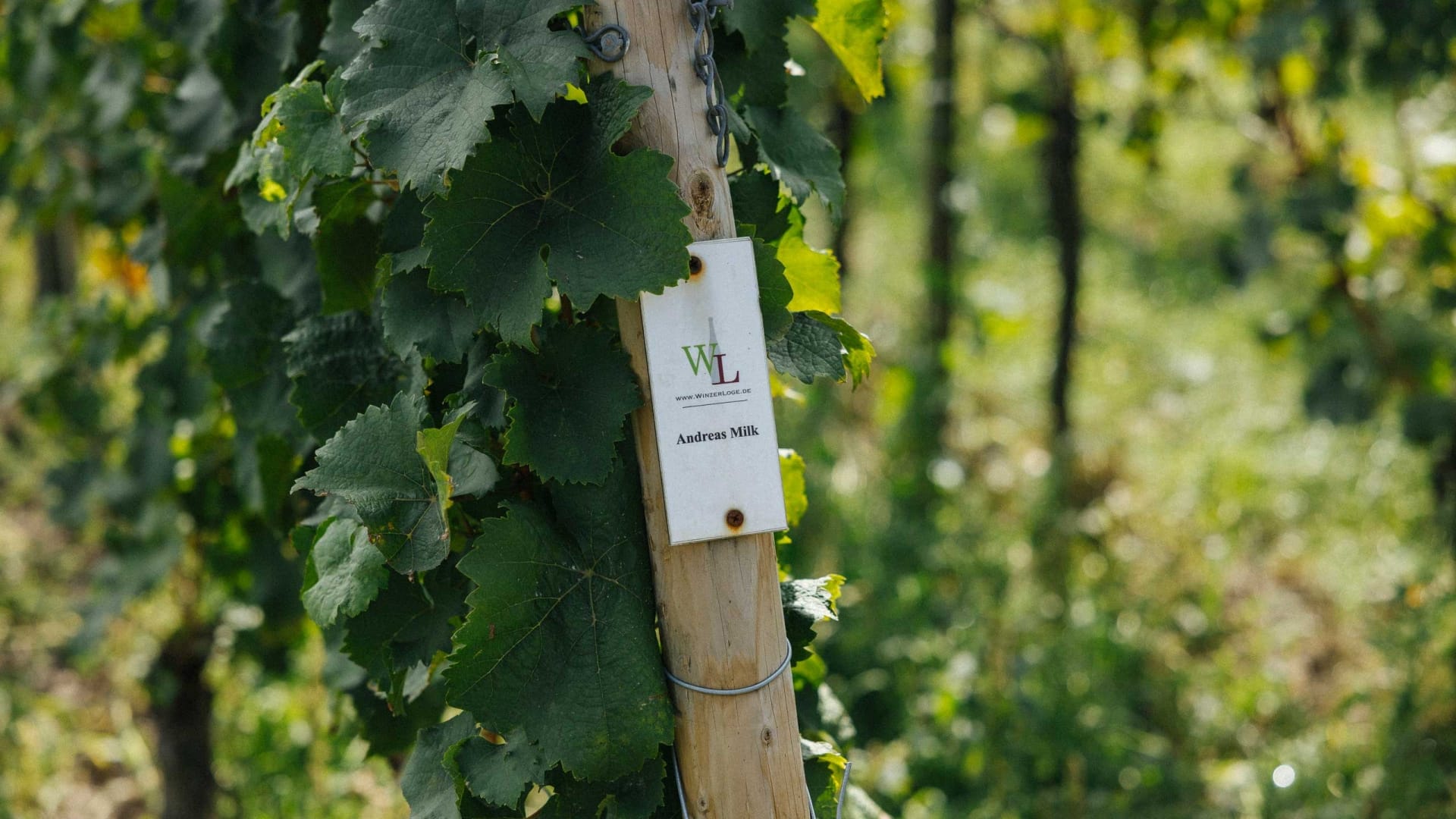
Location Location
The location of a wine-growing area is a decisive factor in determining the quality of the vines and the taste of the wine. Decisive factors here are the amount of sunlight, the water permeability of the soils, the temperatures during the day, but also at night, as well as whether it is an elevated or sloping site.
Due to the proximity to the Rhine, the 35-50 year old vines grow on lighter alluvial soils, which, in addition to the fruity character, also conjure up a fine minerality in the wine. The Jesuit Garden is considered a very warm site and therefore very early ripening. The close proximity to the water allows fog to move into the vineyards in early fall, requiring particularly loose-grained grapes to avoid rot. We are very happy to have our own vines in this special location!
After the work was done, we ended the day at Allendorf on the Rhine in the best late summer temperatures. With a glass of Riesling, of course. Cheers!
